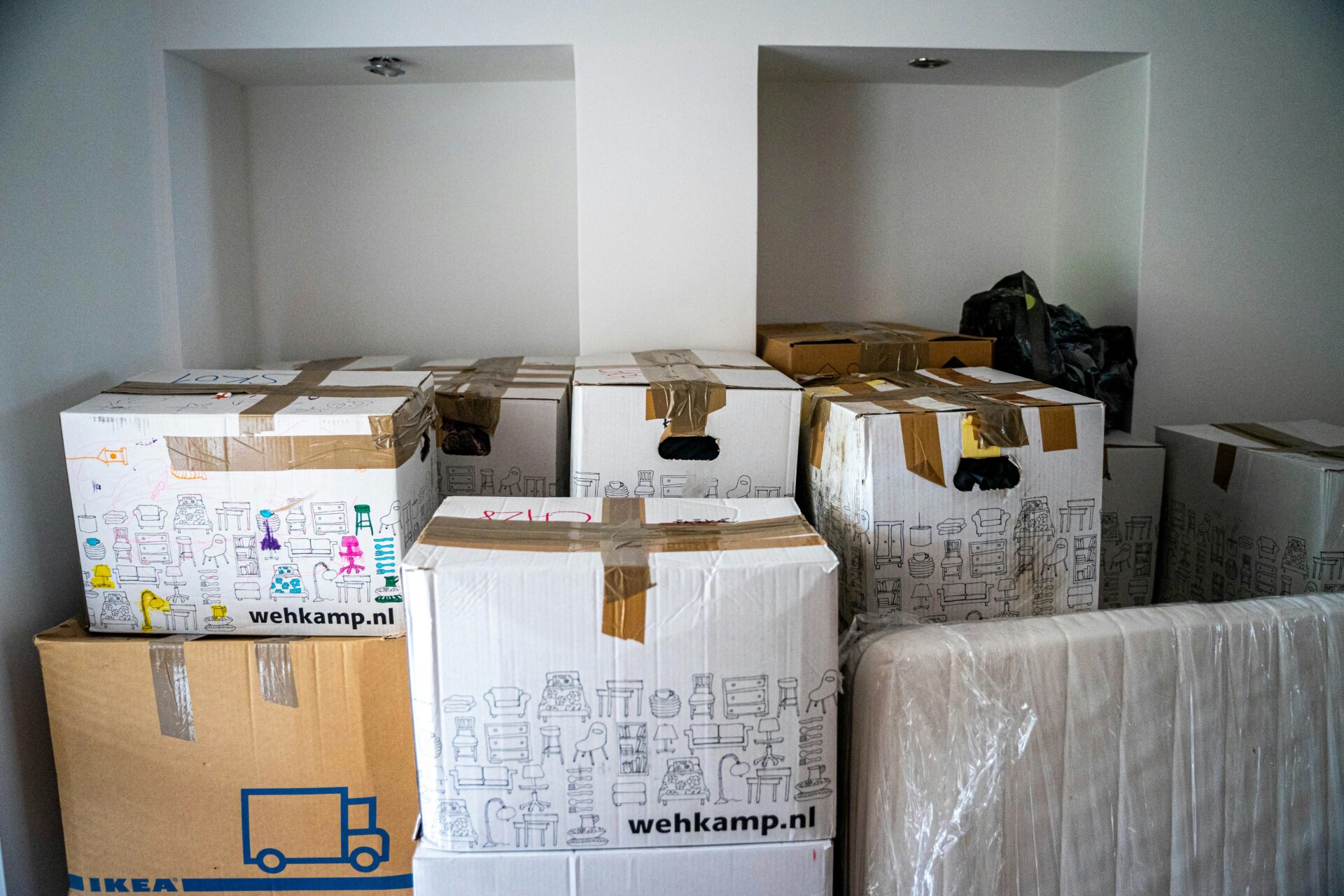
Setting appropriate fees is an important part of managing your rental property. Property damage that existing or outgoing renters cause poses one of the biggest risks for landlords. Charges like move-in fees and security deposits can help you pay for repairs you need to make, and understanding the benefits and disadvantages of both types of fees can help you decide the right method to use.
What is a move-in fee?
A move-in fee is a non-refundable fee you can charge new renters for occupying your unit. You can use these fees to make the unit you’re renting better for the person who will live there, for example by repairing damage caused by previous renters or making upgrades like replacing older appliances. Apartment move-in fees are typically collected upon signing of a new rental agreement.
How much does a move-in fee cost?
A move-in fee is always a non-refundable fee, but there’s no set rule to define how much the fee will cost for a given unit. You can use your discretion when deciding on a sum, but keep in mind that typical move-in fees are around 30% to 50% of one month’s rent.
What does a move-in fee cover?
A move-in fee serves to cover costs for processing and accommodating new renters. This might include:
- A new coat of paint.
- Upgrading appliances or adding new appliances.
- Changing directories.
- Reprogramming security systems.
- Creating new keys (such as keys to the unit, mailbox, and building).
- Deep cleaning the rental unit.
Making the Decision: Move-In Fee vs. Security Deposit
Move-in fees are not the only move-in charges that exist. You might also charge a renter a security deposit when they sign a lease. Understanding the differences between charging a move-in fee and a security deposit will help you choose the right way to proceed with your renters.
Unlike the non-refundable move-in fee, a security deposit is a refundable fee a renter pays when moving into the rental property. A security deposit sum will depend on city and state regulations but generally comes out to one to two months of rent. Additionally, you can legally use part or all of a security deposit to pay for certain damages a renter causes to your property, or to cover costs if a renter stops paying rent and moves out.
Security Deposit vs. Move-In Fee: Advantages and Disadvantages
Think about the pros and cons of the security deposits and move-in fees as you decide the best way to proceed.
Some advantages of security deposits include:
- They create a sense of responsibility: Security deposits cost a lot, so renters have motivation to maintain their unit so they won’t lose that sum of money when they move out.
- They protect your investment: You can use a security deposit to fix your property should a renter create damages, providing an added layer of protection.
Some disadvantages of security deposits include:
- You might have to grapple with complex state laws: Some states have complicated laws about security fees. For example, states like Illinois require you to understand paperwork and restrictions when accessing security deposits, and you can face big fines if you break those rules.
- They can make renters hesitant to pay: Potential renters may balk at the idea of paying a month or two of rent ahead of time.
- They might lead to disagreements over inspections: Renters may not agree with what you find during a move-out inspection if you determine you need to keep a portion or all of the security deposit to cover damages. This could lead to lengthy arguments or even lawsuits.
Some advantages of move-in fees include:
- They offer a more attractive cost for renters: Move-in fees are usually a lot less than security deposits, so potentials renters may be more likely to agree to this cost and sign the lease.
- The funds are easier for landlords to access: State laws in some areas require landlords to put the money received as security deposits into a separate account, which can delay your ability to access the money if you need it to make repairs. You can easily use the money you collect as a move-in fee for repairs (or anything you deem appropriate), as long as asking for a move-in fee is legal in your jurisdiction.
- They’re non-refundable: You don’t need to return a move-in fee to a renter when they move out. Even if they leave the unit in pristine condition, you get to keep the move-in fee.
Some disadvantages of move-in fees include:
- They don’t create incentive for renters: A non-refundable fee means renters won’t have money on the line. They might be less inclined to act especially careful with your property.
- They might not cover big repairs: Move-in fees are usually lower fees compared to security deposits, so they might not cover the costs of major repairs. If a renter causes serious damages, you might need to file a lawsuit to get more money from them, which can cause delays and create stress.
When should you charge a move-in fee?
Your property’s location will play into your decision about charging a move-in fee or security deposit. For example, a move-in fee in Chicago might work best as you’ll have strict regulations and penalties related to collecting and returning security deposits. If your property is in a place with more straightforward laws about security deposits, you might choose to charge that fee. In fact, some landlords require renters to pay both a security deposit and a move-in fee before moving in.
Choosing whether or not you’ll charge a move-in fee and setting an appropriate amount is an important part of the rental process. You’ll also need a streamlined and secure way to collect payments from your renters. That’s where Zumper comes in. Our rent collection tool makes it easy to track and manage deposits and fees so you can focus on other tasks that come with managing your property.



